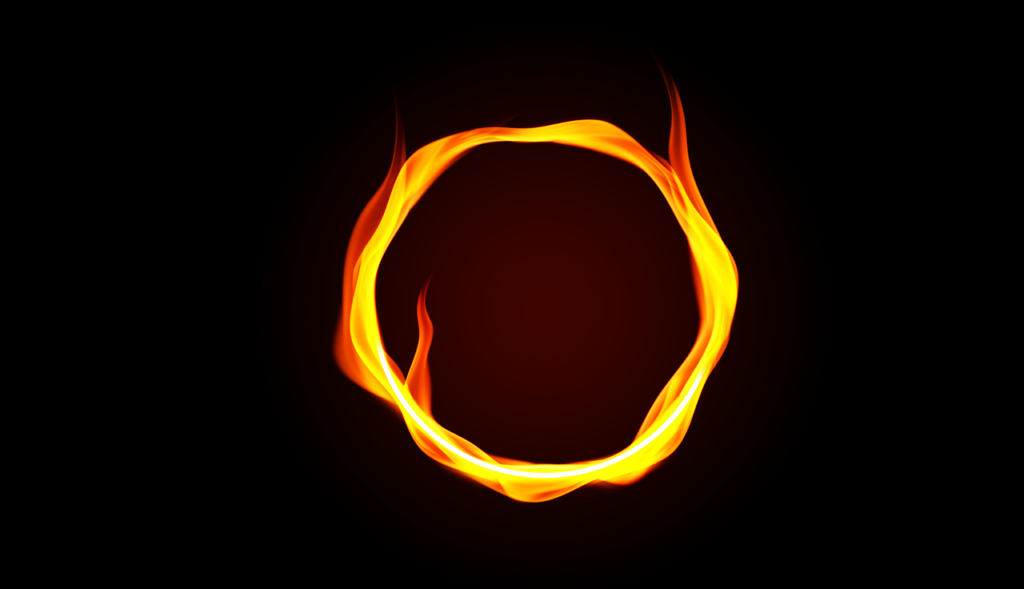
Among the various subtypes of ADHD, one that has gained attention in recent years is the “Ring of Fire” type. Below, we investigate the characteristics, potential causes, and methods of treatment for this unique manifestation of ADHD.
Diagnosis
The Ring of Fire subtype of ADHD is characterized by a distinctive “ring of fire” pattern of increased brain activity seen on SPECT scans. SPECT (Single Photon Emission Computed Tomography) imaging is a nuclear medicine imaging technique that can be used to assess cerebral blood flow and, indirectly, brain activity.
While SPECT imaging is not typically considered a primary diagnostic tool for ADHD, some clinicians have explored its potential application in understanding brain function, including in cases like the Ring of Fire type of ADHD.
In the context of ADHD, including the Ring of Fire subtype, proponents of SPECT imaging suggest that it may offer insights into the underlying neurobiological factors associated with the disorder. The idea is that abnormalities in cerebral blood flow, which the SPECT scan can detect, might be indicative of specific patterns or dysregulations in brain activity. However, it’s important to note that the use of SPECT imaging for ADHD is a topic of debate within the medical community.
Symptoms of the Ring of Fire ADHD
The symptoms of Ring of Fire ADHD can include:
- Intense Mood Swings – Individuals with the Ring of Fire ADHD subtype often experience heightened emotional responses, including intense mood swings. This can make it challenging for them to regulate their emotions and maintain stable relationships.
- Overstimulation – Unlike other types of ADHD, those with the Ring of Fire subtype are highly sensitive to sensory stimuli. This means they can become easily overwhelmed by loud noises, bright lights, or busy environments, leading to increased stress and irritability.
- Impulsive Behavior – Impulsivity is a common symptom across all ADHD subtypes, but in the Ring of Fire type, it may manifest as impulsive decision-making, risk-taking behavior, cyclic mood changes, rigid, inflexible thinking, oppositional defiance, and grandiose thinking.
- High Energy Levels – Individuals with this subtype often display high levels of physical and mental energy, making it difficult for them to relax or engage in quiet activities. This can show up as anxiety, irritability, racing thoughts and rapid speech.
Potential Causes of Ring of Fire ADHD
Several factors have been linked to this subtype of ADHD, including:
- Neurobiological Factors – Like other forms of ADHD, the “Ring of Fire” subtype is believed to have a neurobiological basis, involving imbalances in neurotransmitters such as dopamine and norepinephrine.
- Genetic Predisposition – Genetics play a significant role in the development of ADHD, and individuals with a family history of the disorder may be more prone to the “Ring of Fire” subtype.
- Environmental Factors – Prenatal exposure to certain substances, nutritional deficiencies, conditions such as diabetes and early childhood experiences may contribute to the development of ADHD, including the Ring of Fire type.
Methods of Treatment
As with other subtypes of ADHD, there are a range Treatment options which include:
- Medication – Stimulant medications, such as methylphenidate and amphetamine-based drugs, are commonly prescribed to manage ADHD symptoms. Non-stimulant medications, like atomoxetine, may also be considered. But it is important to note that certain stimulants may worsen symptoms for this type of ADHD for some individuals.
- Behavioral Therapy – Behavioral interventions, including cognitive-behavioral therapy (CBT) and dialectical behavior therapy (DBT), can help individuals with the Ring of Fire ADHD subtype develop coping mechanisms for emotional regulation and impulse control.
- Coaching – Working with an ADHD coach can also help individuals better manage symptoms.
- Environmental Modifications: Creating an environment that minimizes sensory triggers can be beneficial. This may involve reducing noise, using soft lighting, and providing a structured routine to help manage overstimulation.
- Lifestyle Changes: Regular exercise, proper nutrition, and sufficient sleep can positively impact ADHD symptoms. Supplementation can also contribute to better symptom management.
The Ring of Fire type of ADHD presents a unique set of challenges, but with a comprehensive approach that includes medication, therapy, and environmental adjustments, individuals can learn to manage their symptoms effectively. It’s crucial to work closely with healthcare professionals to tailor a treatment plan that addresses the specific needs of those with this ADHD subtype, fostering a more balanced and fulfilling life.
References
- https://www.healthline.com/health/adhd/ring-of-fire-add—
- https://neuropedia.com/7-types-of-adhd/—
- https://neurodiverge.net/ring-of-fire-adhd/—
- https://www.amenclinics.com/blog/a-very-busy-brain-week-6-of-7-ring-of-fire-add/—
- https://www.drakeinstitute.com/what-is-ring-of-fire-add—


